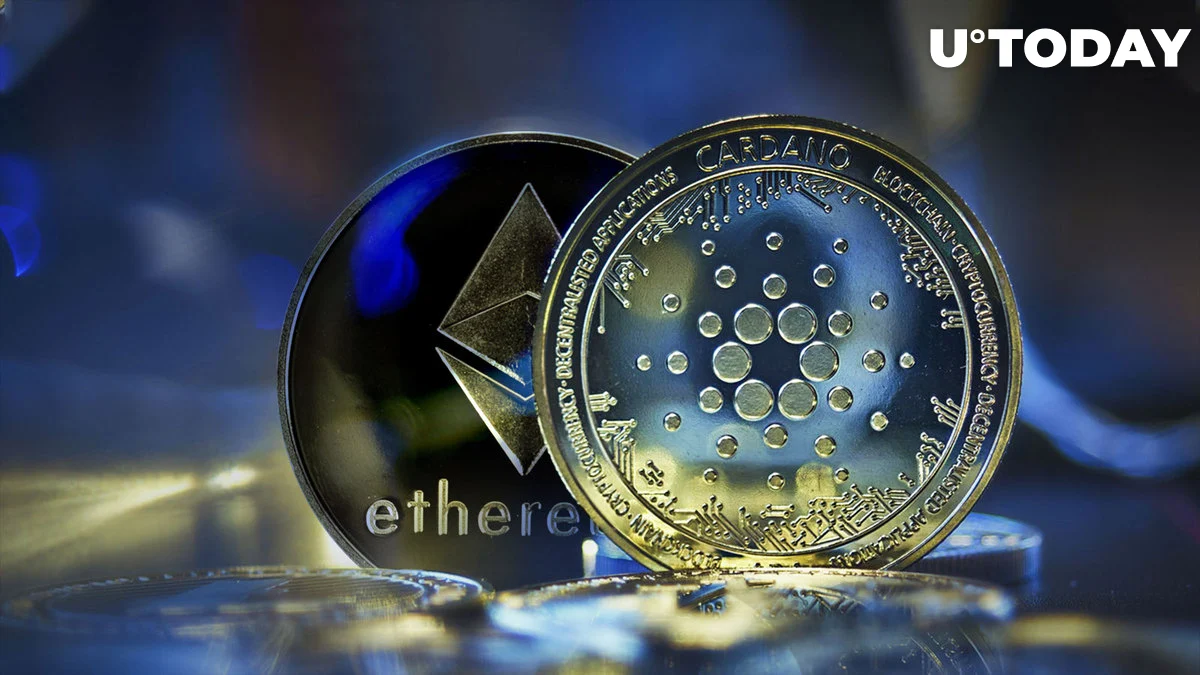
With new measures defining how each protocol is doing, the competition for supremacy between Ethereum (ETH) and its most apparent challenger, Cardano (ADA), is taking on a completely new form. According to statistics obtained by DeFiLlama, Cardano clearly dominates the decentralised finance (DeFi) ecosystem when compared to the other protocols, especially when it comes to the Total Value Locked (TVL) measure.
According to DeFiLlama statistics, the total amount of ETH tokens locked in its smart contract has significantly decreased; however, this is not true for ADA. For more context, consider that at the time of writing, the total amount of ETH locked in its DeFi protocol has fallen down to 13.33 million units from its January 2018 high of 18.28 million units.
Cardano, on the other hand, had 198.65 million ADA tokens locked up in its DeFi smart contracts as of January 1; as of today, this ADA lockup has increased to 571.92 million, demonstrating the platform’s steady expansion and acceptance of new applications.
More upsides for Cardano
Although DeFi smart contracts’ individual token lockup is in favour of Cardano, the system still falls behind in other crucial respects. These categories include how exactly Ethereum’s market capitalisation compares to Cardano’s. The financial value of TVL across both protocols is further complemented by the stark differential in token market capitalization.
Despite all of them, Cardano has a large potential that investors should be aware of. The drive to continuously improve the Cardano network is still highly encouraging and has the potential to draw more Web3.0 developers who can create dApps that can compete with those on the Ethereum blockchain.
Cardano has the potential to grow to be as large as Ethereum, if not larger. This may take some time.


















